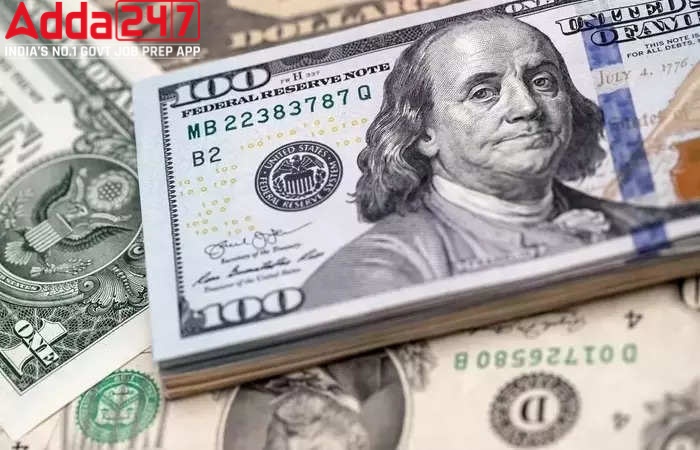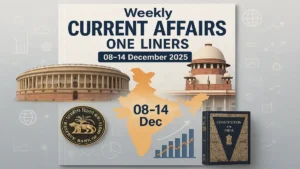India’s foreign exchange reserves logged their biggest weekly jump since September 2021 and also rose for the first time in three weeks for the week ended October 28, helped by gains in both foreign currency assets and gold reserves. The foreign exchange reserves of Asia’s third largest economy rose by $6.56 billion to $531.08 billion for the week ending Oct 28, according to data released by the Reserve Bank of India.
Foreign Currency Assets:
The foreign currency assets (FCA), a major component of the overall reserves, rose by $5.77 billion to $470.84 billion in the reporting week. Even gold reserves increased by $556 million to $37.76 billion.
Reason Behind It:
Experts said the surge in the reserves during the reporting week was on account of valuation gains arising out of depreciation of the US dollar against major currencies.
The US Dollar Index (DXY) has fallen from around 112 at the beginning of October to around 111 at the end of the month. The index is a measure of the value of the greenback against six major currencies — the Euro, UK Pound, Canadian Dollar, Japanese Yen, Swedish Kroner and Swiss Franc.
Composition of Forex:
The assets held by the central bank (in India, the Reserve Bank of India) in foreign currencies, gold reserves, and SDRs with the IMF are all examples of Indian forex reserves. Apart from foreign banknotes, the forex reserves also contain foreign treasury bills, foreign bank deposits, foreign government securities, and so on.
The Indian Forex reserve is made up of the following:
- Gold
- Foreign currency
- Given the currency’s prominence in the worldwide financial and trade system, the majority of the reserves are normally stored in US dollars.
- In addition to US dollars, several central banks retain reserves in Euros, British pounds, Japanese yen, or Chinese yuan.
- IMF’s Special Drawing Rights
- Reverse Tranche Position of IMF reserves
Importance of Foreign Exchange Reserves:
- Rising forex reserves and the RBI’s ability to manage India’s external and domestic financial challenges at a time when the economy is contracting (23.9 percent) puts the government in a good position.
- It helps the government meet its foreign exchange requirements as well as its external debt obligations.
- Rupee Strengthening – The rupee has strengthened versus the dollar as foreign exchange reserves have increased.
- Crisis Management: A growing Forex Reserve acts as a safety net in the case of an economic Balance of Payments crisis. It is sufficient to cover the country’s import expenses for a year.
- Market Confidence: Forex Reserves will give markets and investors confidence that a government will be able to satisfy its external obligations.
A Very Good Article On India’s External Sector, Follow The Below Link:
Netherlands Beats China, Becomes India’s 3rd-Largest Export Market
Sharing Is Caring!!!
Find More News on Economy Here




 Weekly Current Affairs One Liners 08th t...
Weekly Current Affairs One Liners 08th t...
 Which Indian City is Known as the Footwe...
Which Indian City is Known as the Footwe...
 Which Desert is known as the Cold Desert...
Which Desert is known as the Cold Desert...







